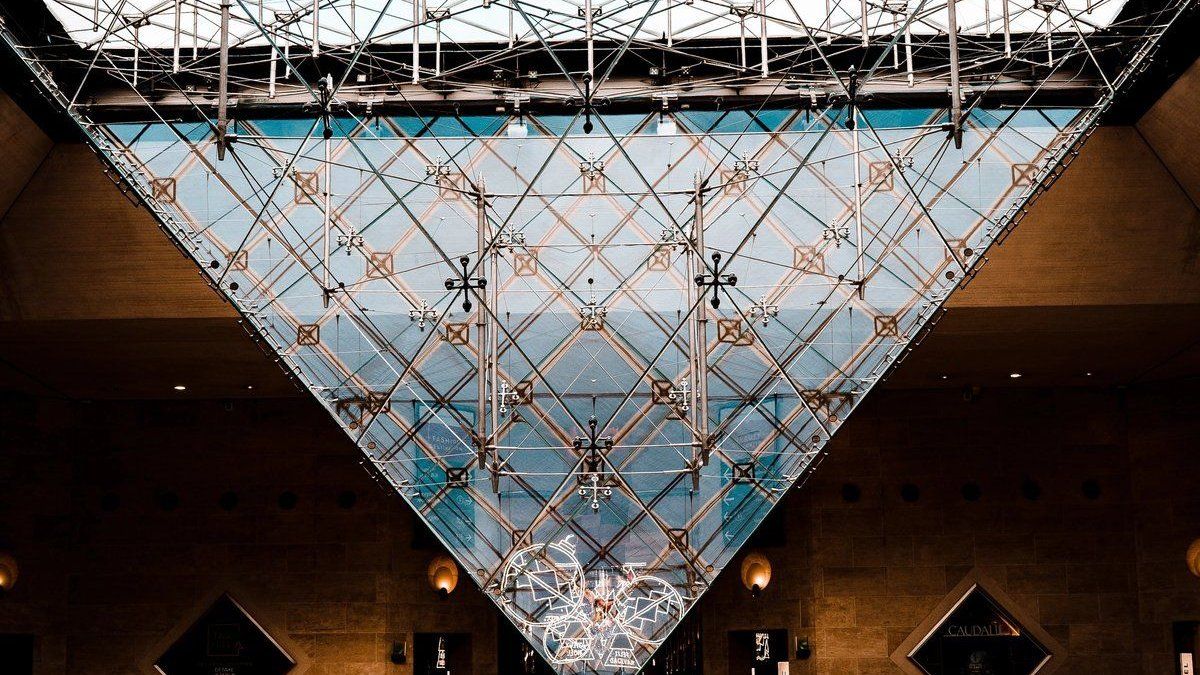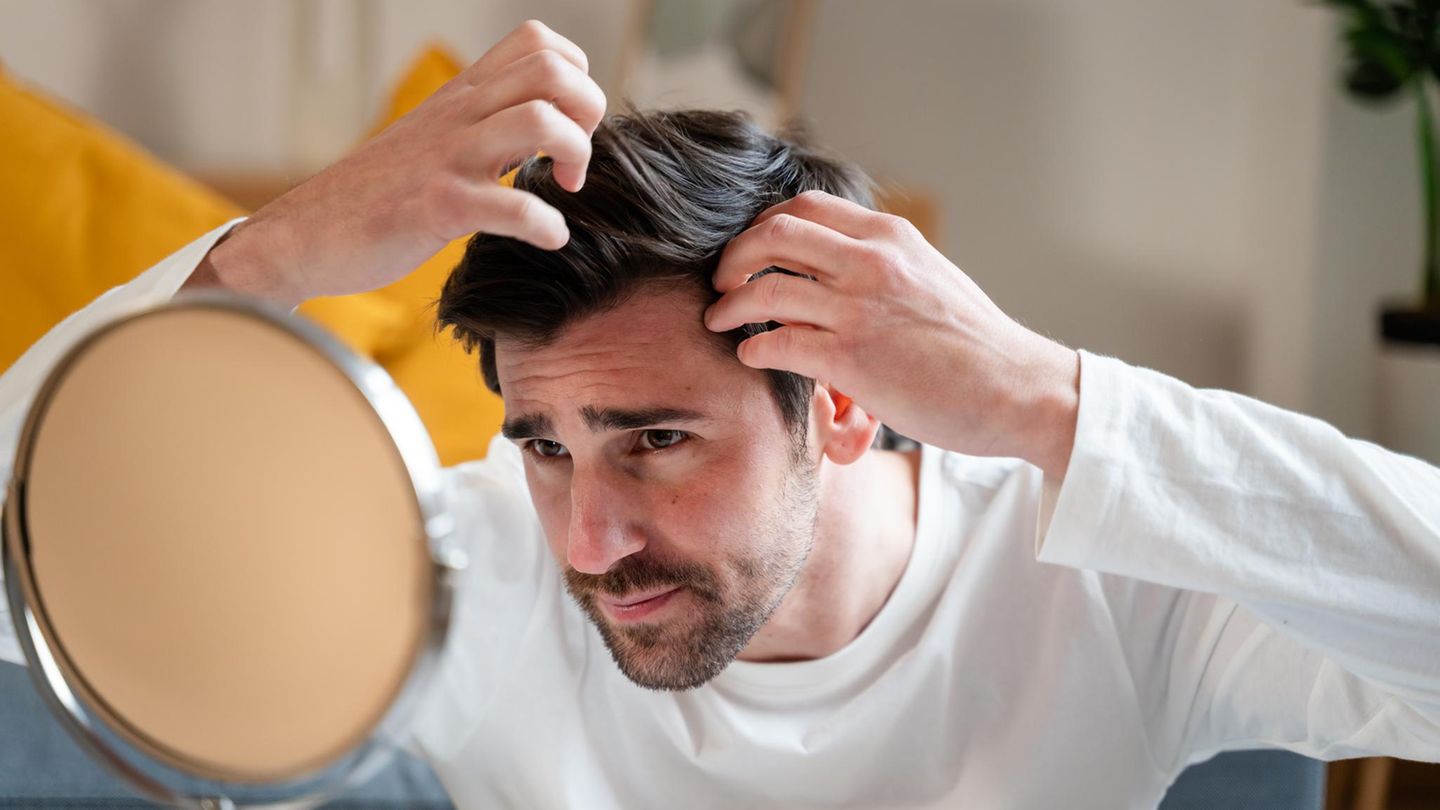I’m Caroline, a journalist and author for 24 Hours Worlds. I specialize in health-related news and stories, bringing real-world impact to readers across the globe. With my experience in journalism and writing in both print and online formats, I strive to provide reliable information that resonates with audiences from all walks of life.
Menu
Red light against hair loss: Can an LED helmet be helpful?
Categories
Most Read
Children with a cold: How many infections are normal for little ones?
October 18, 2025
No Comments
Cell Phone Regret: She grabs me and shakes me
October 17, 2025
No Comments
New column “The Feeling of the Week”. This time: cell phone regret
October 17, 2025
No Comments
Time change 2025: Expert explains in video why we are turning the clock
October 17, 2025
No Comments
Patches for frown lines: These products have an anti-aging effect
October 17, 2025
No Comments
Latest Posts

Meat increased less than inflation in the last four months: the reasons
October 19, 2025
No Comments
October 19, 2025 – 1:18 p.m. Meat prices have remained stable in recent months, but consumption remains historically low. Reuters In the last four months,

What are the jewels that were stolen from the Louvre Museum and how much are they worth?
October 19, 2025
No Comments
October 19, 2025 – 1:00 p.m. The historic building closed its doors exceptionally while the facts are investigated. Paris was shocked this Sunday after a

Wolfgangsee Run: A run for the history books
October 19, 2025
No Comments
Almost 7,000 participants from 57 nations – more than ever before – tackled the 53rd edition of the traditional Wolfgangseelauf. Manuel Innerhofer from Neukirchen am
24 Hours Worlds is a comprehensive source of instant world current affairs, offering up-to-the-minute coverage of breaking news and events from around the globe. With a team of experienced journalists and experts on hand 24/7.

